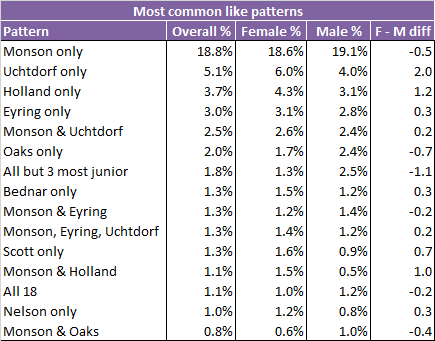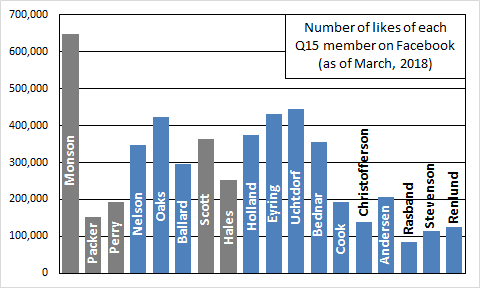The Church announced a few days ago that Patrick Kearon of the Seventy has been called into the Quorum of the Twelve to fill the vacancy created by M. Russell Ballard’s death. I’m very happy at President Nelson’s choice.
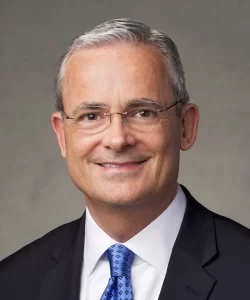
First, I’m of course a complainer, so I do want to mention a few concerns I have. One is that President Nelson seems to be in a rush in not wanting to wait for Conference, and having Elder Kearon ordained already really makes clear that sustaining votes from the membership are 100% loyalty tests, and not at all what they originally were. Another is that it’s too bad the Q15 remains so white. And old. And of course you know I’d love to see women ordained and have a woman called.
But setting those issues aside as large ones that the Church is not likely to move on soon, like I say in the title, I’m thrilled with the selection of Patrick Kearon. Here are some reasons why:
- He’s not an American. I think American GAs are more prone to thinking that American (or Mormon corridor) cultural norms are God-inspired.
- He’s an adult convert. He was baptized in 1987 at the age of 26. I see this as a positive in the same way as I see not being an American as a positive, but I think being a convert might be even better. I feel like there are so many “unwritten order of things” ideas that float around the Church and someone who wasn’t raised in the Church would be so much less likely to taking these seriously just because he didn’t hear them or observe them off and on during his formative years. Ideas like this sometimes even make it into the Handbook, as Dallin H. Oaks recently illustrated with his right-hand-for-the-sacrament rule. I just think a convert would be more likely to see through this nonsense, and be unwilling to enshrine it in written rules.
- He doesn’t use a middle initial. This makes two Q15 members in a row, after Ulisses Soares. I don’t know the history of the tradition of having GAs be referred to with their middle initials, other than that among Church presidents, it appears to date to Joseph F. Smith. For him, George Albert Smith, and Ezra Taft Benson, it seems like their middle initials or names had genuine value for disambiguation. But for most GAs, it just feels pretentious.
- He gave one of the best Conference talks in recent memory in 2022, when he addressed abuse victims far more compassionately than any previous Conference speaker that I remember had.
- In 2016, he gave another excellent Conference talk, urging compassion for refugees.
- His kind approach is even more striking when considered against the backdrop of some other Seventies who appear to be auditioning for the Twelve by showing how harsh they can be. If one of these meaner men had been called, what kind of a signal would that have sent, versus the signal sent by calling Elder Kearon?
- He’s 62, three years younger than Elder Soares, who’s the second-youngest Q15 member. This gives him a fair shot of making the top spot (eventually) and hopefully having even more of an influence for good in the Church.
What do you think of the call of Patrick Kearon to the Quorum of the Twelve?
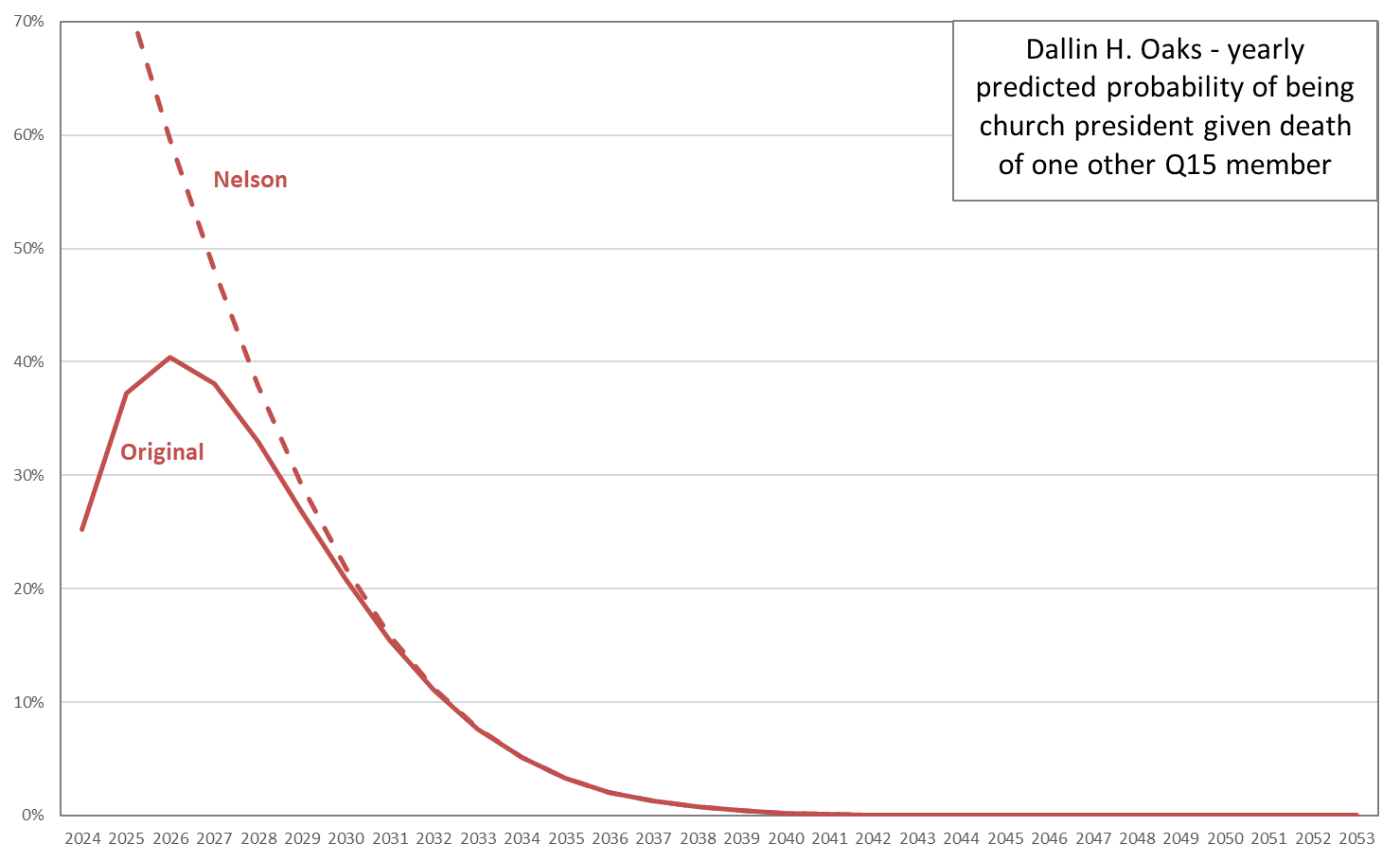
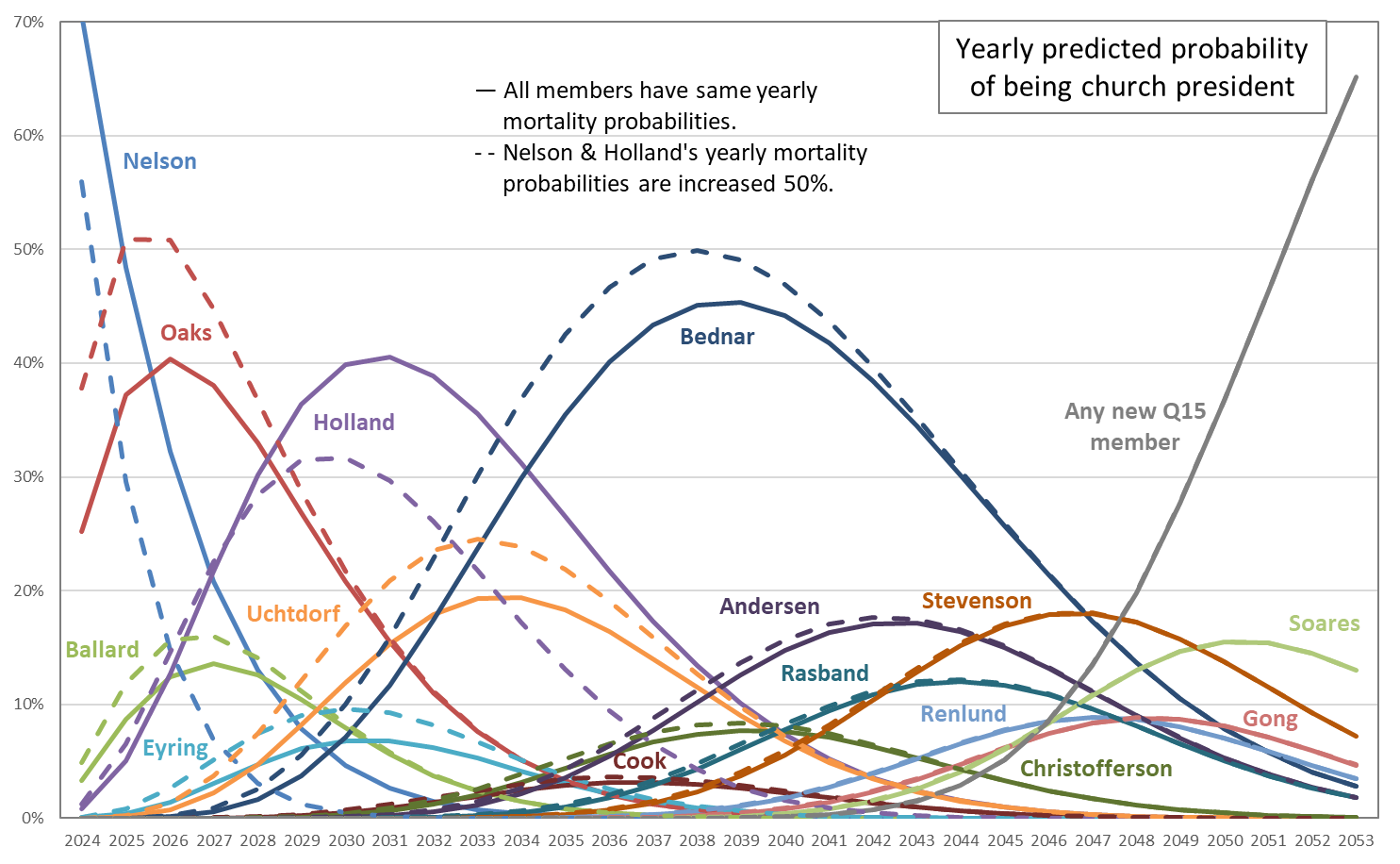



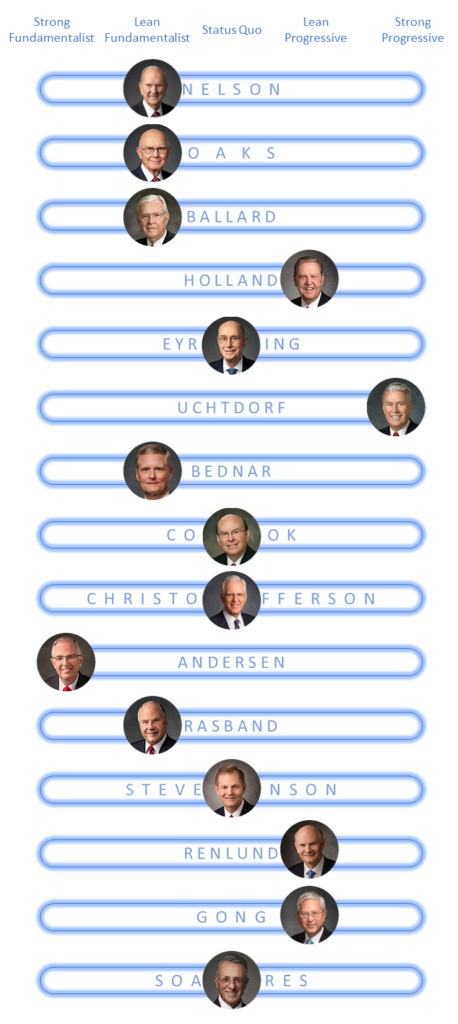


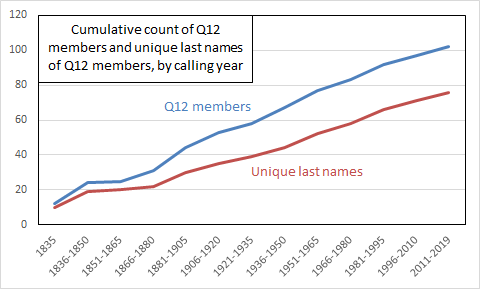

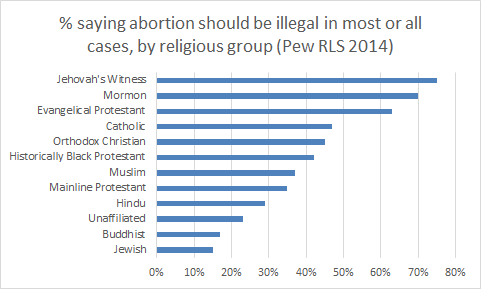 (Note that this is just a graph I made from the Pew graph so that I could sort by percentage rather than by religious group name. If you follow the link in the paragraph above, you’ll find a graph with the same numbers.)
(Note that this is just a graph I made from the Pew graph so that I could sort by percentage rather than by religious group name. If you follow the link in the paragraph above, you’ll find a graph with the same numbers.)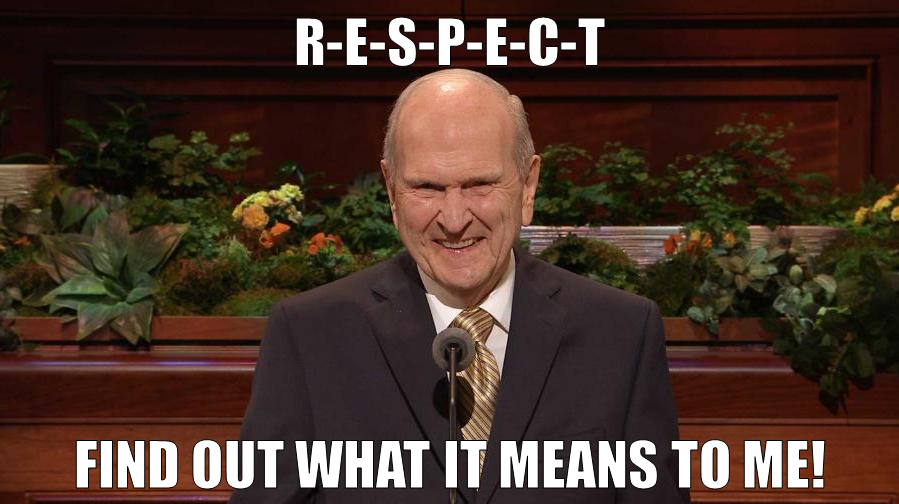
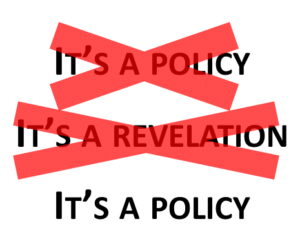 who were hurt during the three and a half years it was in place? Do Church leaders seriously expect us to believe that it was just the will of God that they suffer, but that now God has changed his mind? This change feels similar to the changes made in the endowment ceremony just a couple of months ago. It was great that the hierarchy-imposing structure was reduced, but it was awful that there was not even a mention of the pain that had been caused to so many women by the the “hearken” and “obey” covenants and the resulting power differential they were put under.
who were hurt during the three and a half years it was in place? Do Church leaders seriously expect us to believe that it was just the will of God that they suffer, but that now God has changed his mind? This change feels similar to the changes made in the endowment ceremony just a couple of months ago. It was great that the hierarchy-imposing structure was reduced, but it was awful that there was not even a mention of the pain that had been caused to so many women by the the “hearken” and “obey” covenants and the resulting power differential they were put under.